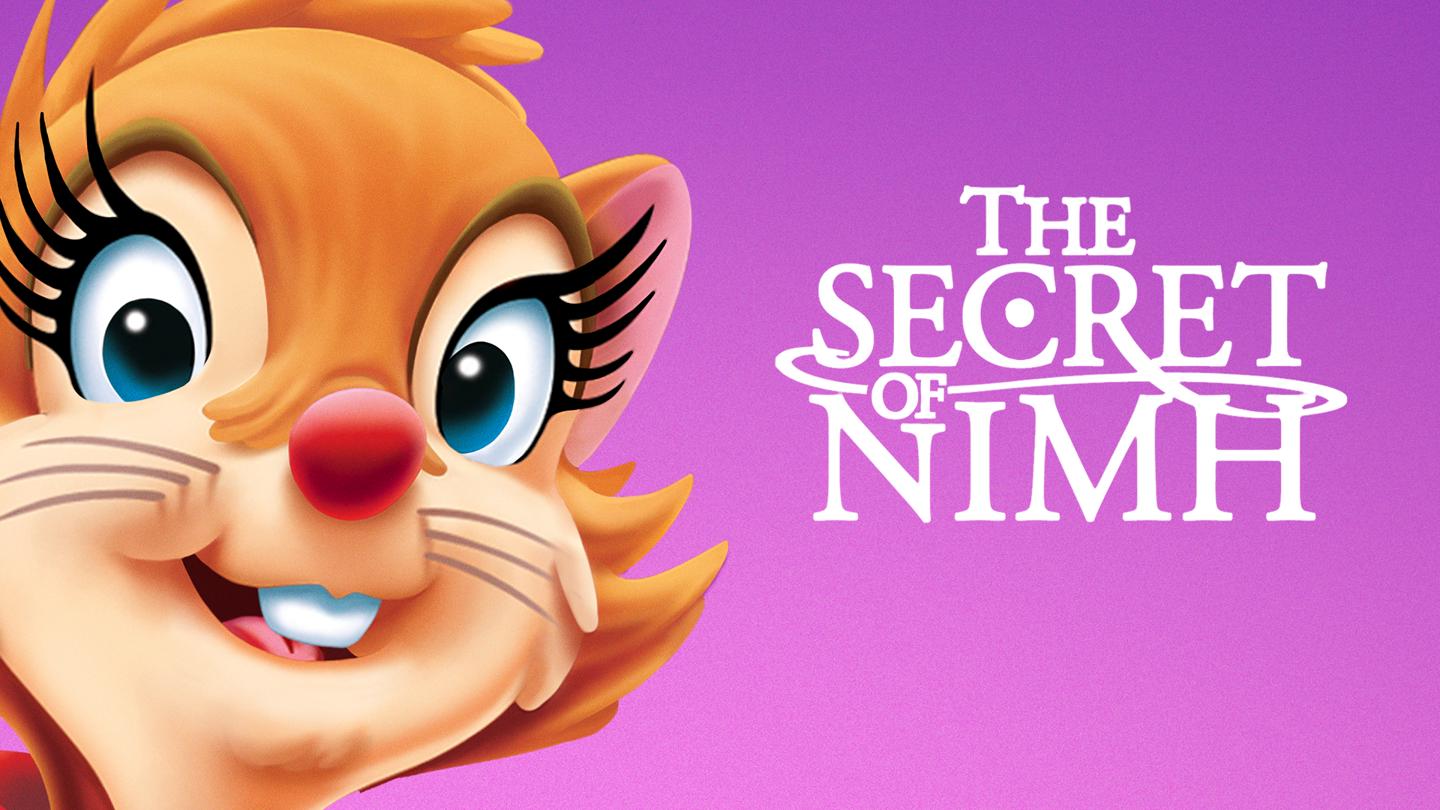
Quick Info
I’ve revisited Don Bluth’s The Secret of NIMH a few times over the years and every watch somehow sneaks up on me. This is one of those animated movies that always felt like it existed in the shadow of Disney giants, but honestly, it has more raw guts and atmosphere than most of the 80s Mouse House output. The story centers around Mrs. Brisby, a widowed field mouse, trying desperately to save her son from impending doom while unraveling a much bigger mystery about her late husband and a society of super-intelligent rats. It’s heady stuff for a kids movie, but that’s what makes it stick.
Right out the gate, you can feel that this isn’t just a fairy tale with singing animals (even though there’s a touch of whimsy). The tone is dense, a little dark, almost gothic in places. Bluth’s animation isn’t as slick as Disney, but it’s incredibly textured – you can see the scratchy pencil lines, the backgrounds are lush and eerie, and the lighting feels theatrical. The great owl is genuinely terrifying, and those swooping, inky shadows make the world feel dangerous and unpredictable.
What really works is how the film treats its characters with respect. Mrs. Brisby is not your typical main character: she’s anxious, uncertain, and small in every sense, but her perseverance is so much more relatable than the heroic confidence you get in other animated leads. Elizabeth Hartman’s voice acting is perfect – soft, a little breathless, but determined. Derek Jacobi as Nicodemus has a mesmerizing presence, and Dom DeLuise’s clumsy crow provides a bit of comic relief without tipping the whole thing into slapstick.
The pacing has a weird, hypnotic pulse. Bluth seems comfortable letting some scenes play out slowly – the sequence where Mrs. Brisby explores Nicodemus’s lair is drawn out and dreamlike, mixing awe and menace in equal parts. Sometimes the worldbuilding gets convoluted (the NIMH backstory drops heavy sci-fi ideas onto a movie about mice), but it never feels like it’s talking down to the audience. The film trusts you to put the pieces together, and for a young viewer, that’s eerily satisfying.
Emotionally, The Secret of NIMH plays rough. There’s a strong undercurrent of grief and fear, especially for anyone who’s lost someone or felt overwhelmed by responsibilities. The threat to Brisby’s children is genuinely scary, and the villains are nuanced. Jenner in particular is more desperate and pathetic than just outright evil, which adds a tangle of moral grayness that’s rare for animated films from the era.
Not everything lands, though. Some moments of comic relief break the spell a bit too much, and the final act relies a little hard on “magical solution” logic that feels at odds with the science-fiction elements. The dialogue sometimes skews clunky, especially in explaining the complexities of the plot, and younger kids might tune out during the denser stretches. But I’d argue those lumps are why the film endures – it’s messy and strange and ambitious.
One thing I have to point out is the stunning use of color and shadow. There’s this fluid, painted quality to the way the world glows at night or in candlelight, and it makes even tiny spaces feel cavernous and mysterious. That sense of scale is another of Bluth’s secret weapons here: a kitchen table is a monumental landscape, a storm is apocalyptic. You get the feeling that life is much bigger and scarier than any one character, which is fitting considering the theme.
In the end, The Secret of NIMH is a weird little miracle. It doesn’t coddle kids, but it doesn’t wallow in gloom either. It’s ambitious, spooky, sometimes odd, but it lingers with you – a rare feat for an animated film from an era obsessed with safe storytelling. Not quite flawless, but absolutely unforgettable.
The R8 Take
If you like Coraline or Watership Down, you’ll find this one right up your dark, nostalgic alley. You’ll walk away a little haunted, but you won’t regret a second of it.



